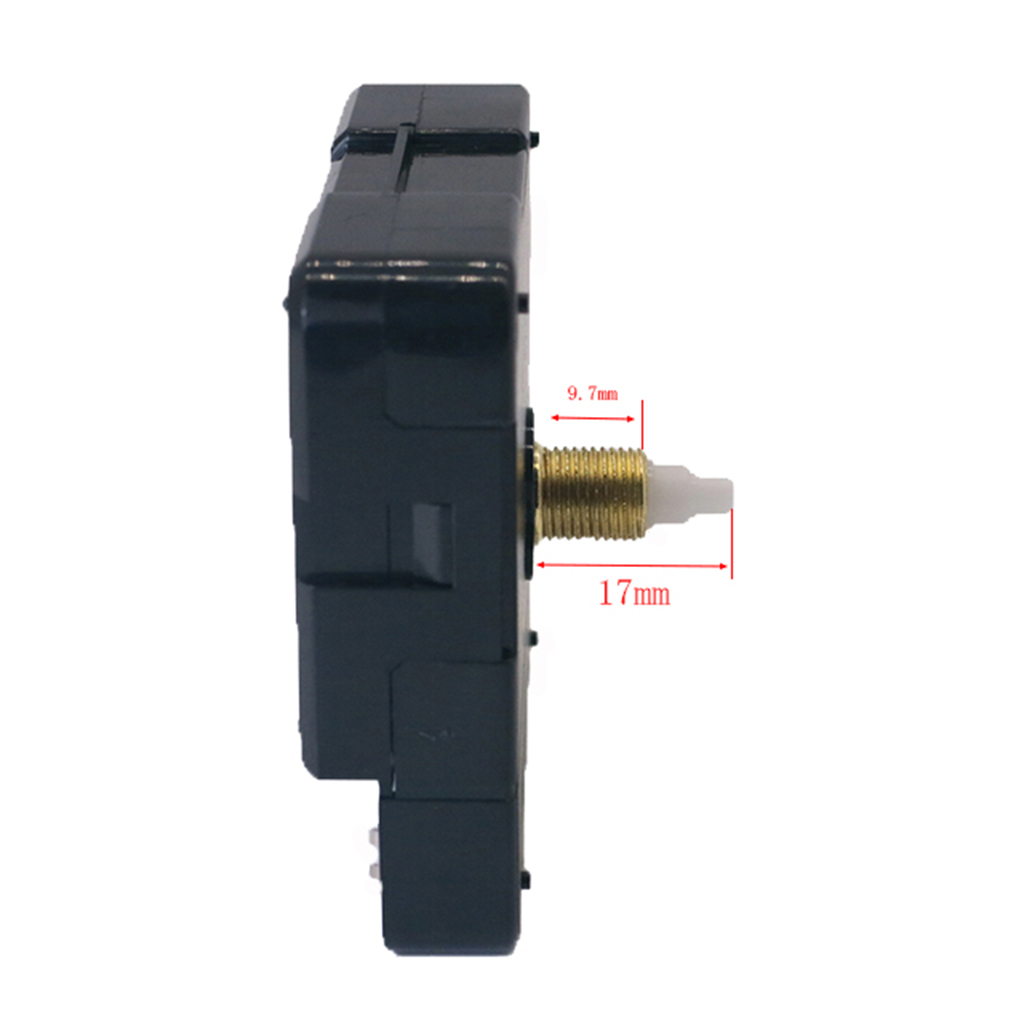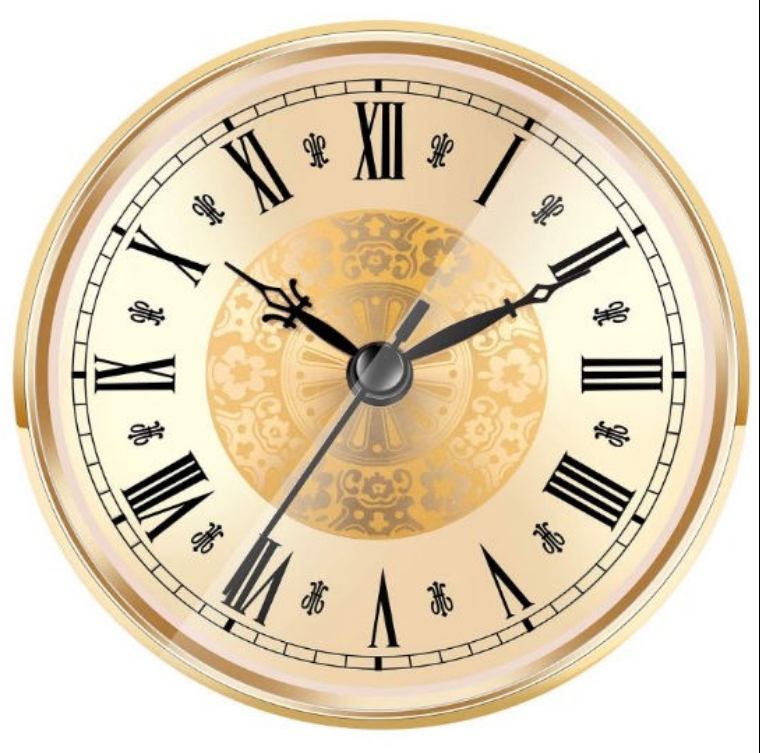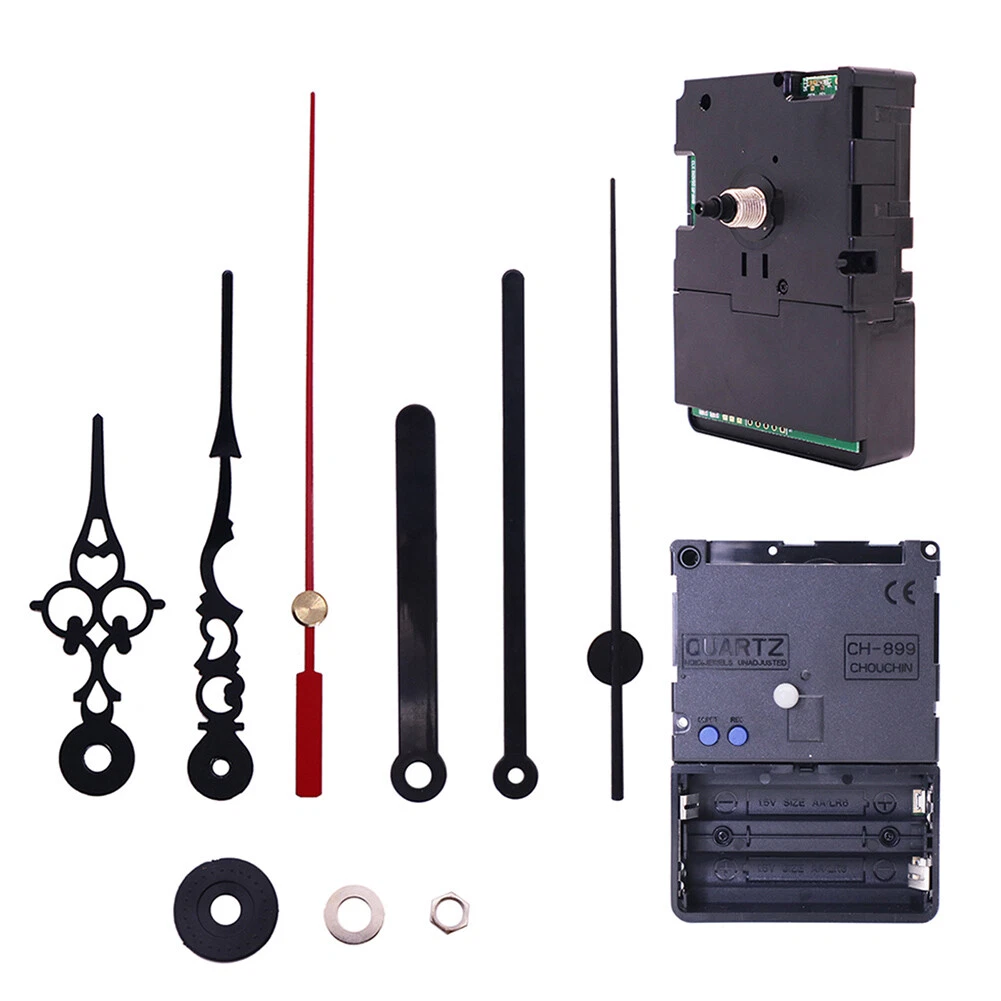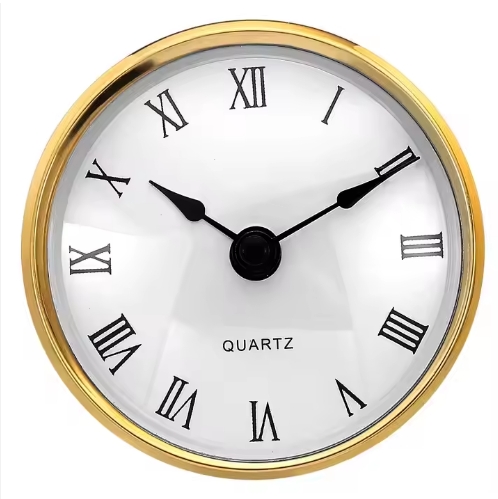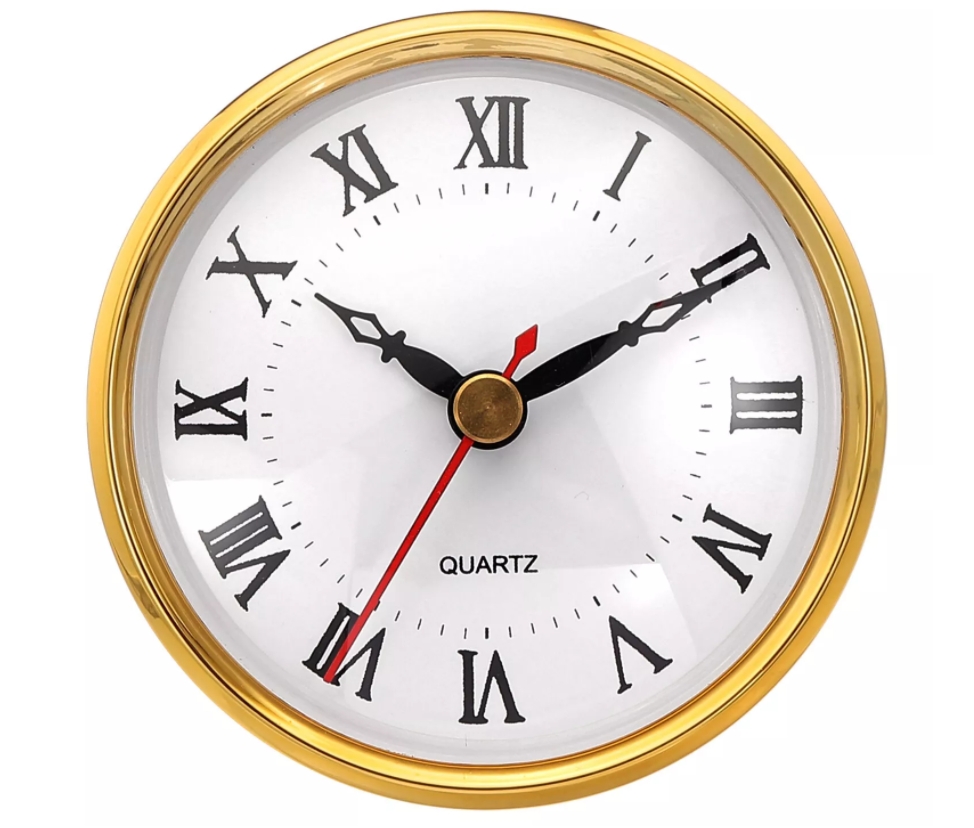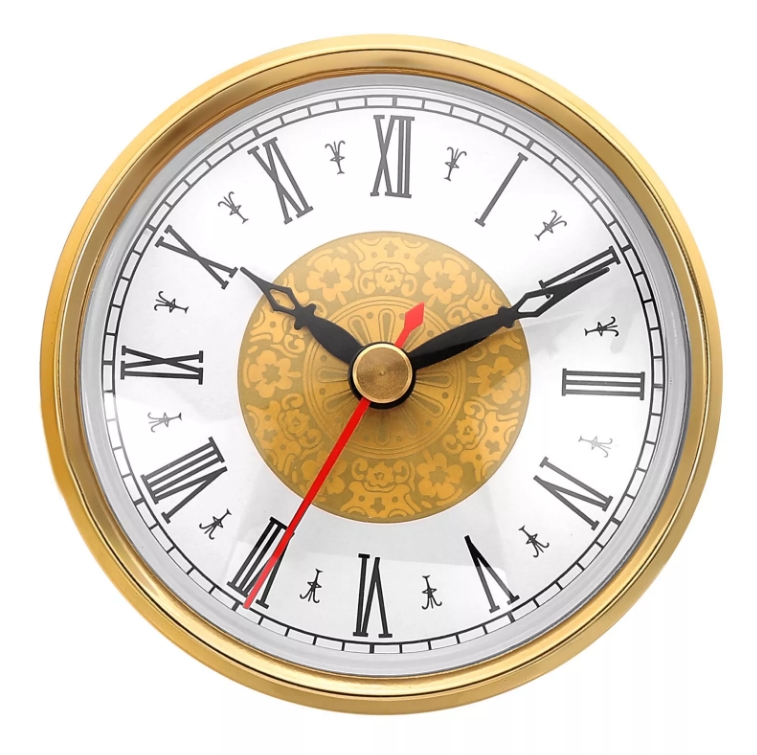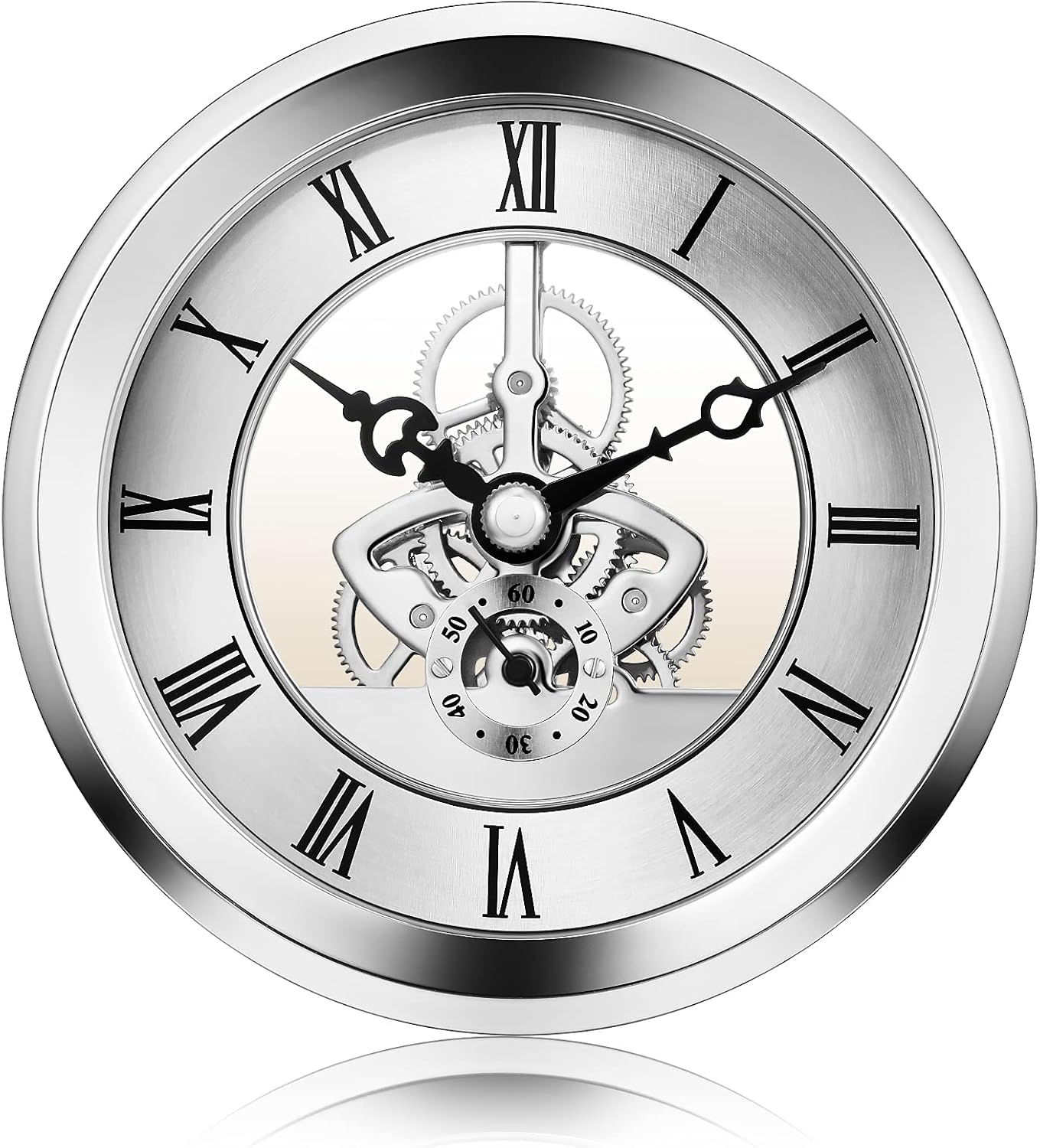



Cuckoo clocks are unique creations that are centuries old. The first cuckoo clocks was produced back in the early 18th century in Germany’s region known as the Black Forest. Clock making in this area of Germany dates back to the early 17th century, almost a full hundred years before clockmakers and craftsmen produced the very first cuckoo clock. The father of cuckoo clocks in believed to be the German clockmaker, Franz Anton Ketterer, although there are a great many stories and lore revolving around this unique timepiece.
This early clock was thought to be inspired by a Bohemian design from the late early 1600s that came to Germany from a peddler from the modern day Czech Republic. This method of selling timepieces made the cuckoo clock even more famous, as clock makers all around the Black Forest area of Germany. In the next three centuries, peddlers would travel all around Europe selling these charming timepieces, further influencing different areas of Europe with the unique sound of the cuckoo clock.
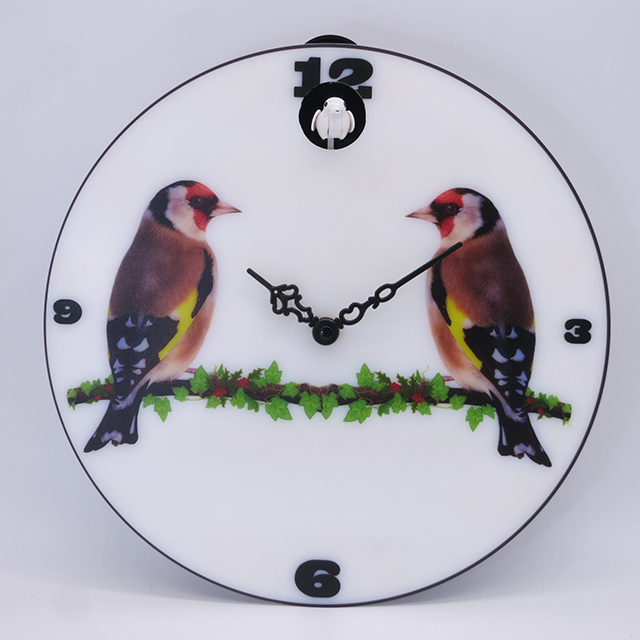
Although the first cuckoo clocks were made of wood, they are a great deal simpler in style than the intricately decorated and heavily carved creations that are usually thought of to be cuckoo clocks. Instead of just the case being made of wood, early Germany clockmakers made every piece of the clock from wood, including the gears and other working parts. This is one of the reasons why these early clocks have fallen into disrepair or are completely lost. Furthermore, many of these early clocks were painted with watercolor paints, which do not have the potential to hold their pigments over time and are easily removed by simply cleaning the clock with a damp cloth.
- Sweep clock movement
- Clock hands
- High torque clock movement
- Skeleton clock movement
- Radio controlled clocks
- Pendulum clock movement
- 24 hours clock movement
- Tide clock movement
- DIY clock movement
- Round clock movement
- Quartz clock movement
- Clock inserts
- Watch inserts
- Clock parts
- Clock dials
- Wall clocks
- Plastic clock movements
- Toy clock movements
- Hook clock movement
- Alarm clock
- Clock movement
- Movements package
- Clock hands catalog



Sitemap Admin Powered by: hkwww.cn
Tel: 86-769-85532891 E-mail: talent@hengrongclock.com.cn http://www.clockmovements.cn
Keywords: clock movement, clock parts, clock hands, clock mechanism, clock accessories, cuckoo clock, alarm clock, insert clock





